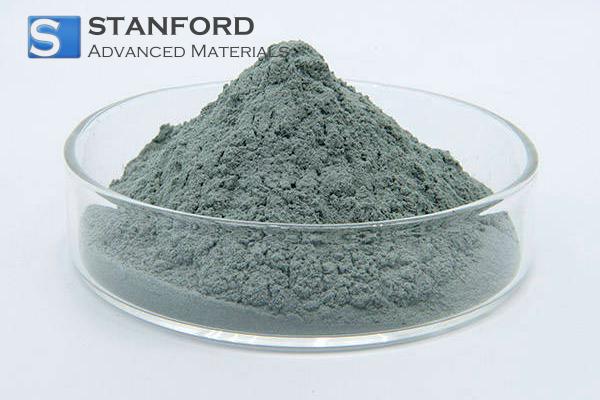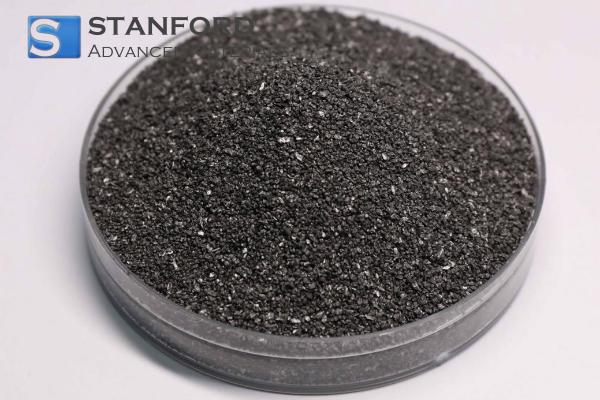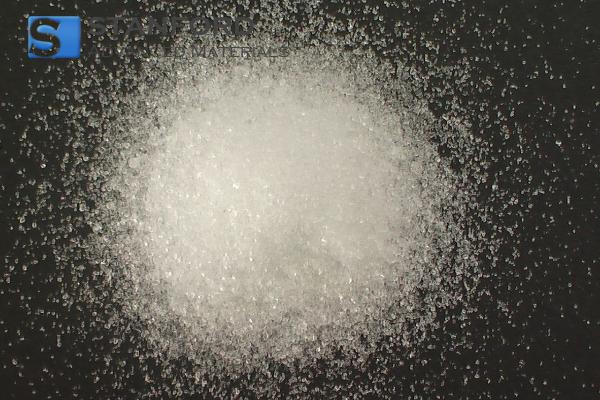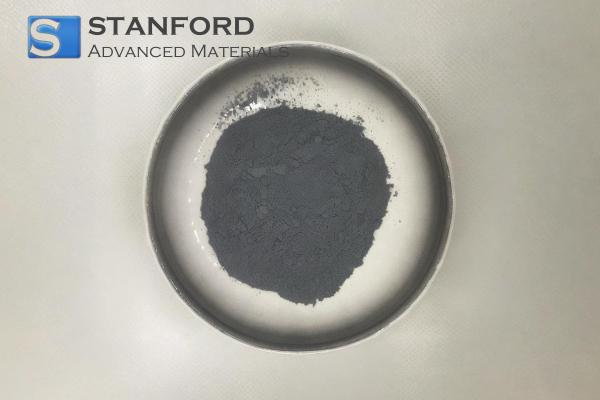Emissivity: Basics And Examples
Description of Emissivity
The emissivity is a measure of an object's ability to emit infrared energy compared to a perfect black body.
The emissivity is significant in many scientific and industrial applications. It determines how efficiently a surface releases thermal radiation, which is essential for temperature measurements and thermal management.
Factors Affecting Emissivity
Several factors affect the emissivity of an object, such as surface structure, colour, and material composition. Smooth, dark surfaces typically exhibit a higher capacity to emit infrared radiation.
Measurement of Emissivity
Accurate measurement of emissivity is required for devices such as infrared thermometers. These devices rely on emissivity values to deliver precise temperature measurements by interpreting the infrared energy emitted from surfaces.
Applications of Emissivity
Emissivity is important in fields including meteorology, astronomy, and manufacturing. Knowledge and control of emissivity enable better thermal regulation and energy efficiency in various technologies.
Infrared Thermometers
Infrared thermometers are adjusted for emissivity to measure surface temperatures without direct contact. This adjustment takes into account the specific emission properties of the material.
Thermographic Imaging
In thermographic imaging, emissivity affects the accuracy of temperature maps. Materials with high emissivity appear brighter on infrared cameras, thereby indicating higher temperatures, while those with low emissivity require calibration for correct interpretation.
Emissivity of Common Materials
Emissivity represents the ability of a surface to emit thermal radiation relative to a perfect black body (which has an emissivity of 1). Emissivity values range from 0 to 1. The emissivity of a material depends on its surface texture, temperature, and the wavelength of the emitted radiation.
The following table lists the emissivity values for common materials:
|
Material |
Emissivity Value |
|
Black Body |
1.00 |
|
Asphalt |
0.90 - 0.98 |
|
Aluminium (polished) |
0.03 - 0.05 |
|
Aluminium (oxidised) |
0.70 - 0.80 |
|
Copper (polished) |
0.02 - 0.05 |
|
Copper (oxidised) |
0.70 - 0.80 |
|
Brass |
0.40 - 0.60 |
|
Steel (polished) |
0.10 - 0.20 |
|
Steel (oxidised) |
0.60 - 0.70 |
|
Iron (polished) |
0.10 - 0.20 |
|
Iron (oxidised) |
0.60 - 0.80 |
|
Gold (polished) |
0.02 - 0.05 |
|
Silver (polished) |
0.02 - 0.05 |
|
Wood (varnished) |
0.85 - 0.95 |
|
Wood (unvarnished) |
0.90 - 0.95 |
|
Concrete |
0.80 - 0.90 |
|
Brick |
0.80 - 0.90 |
|
Glass (clear) |
0.85 - 0.95 |
|
Glass (matte) |
0.70 - 0.90 |
|
Teflon |
0.95 - 0.98 |
|
PVC (plastic) |
0.85 - 0.90 |
|
Rubber (black) |
0.90 - 0.95 |
|
Paper |
0.85 - 0.95 |
|
Ice |
0.97 - 0.98 |
|
Snow |
0.80 - 0.90 |
|
Water |
0.90 - 0.95 |
For further information, please visit Stanford Advanced Materials (SAM).
Frequently Asked Questions
What is emissivity in simple terms?
Emissivity indicates how efficiently a surface emits thermal radiation compared to a perfect emitter, known as a black body.
Why is emissivity important for infrared thermometers?
Infrared thermometers require an accurate emissivity setting. This ensures that temperature measurements account for the specific emission properties of materials.
Can emissivity change over time?
Yes, factors such as surface oxidation, dirt accumulation, or wear may alter the emissivity of a material.
How does surface texture affect emissivity?
Smooth surfaces normally exhibit lower emissivity, whereas rough or matte surfaces present higher emissivity because a larger effective radiating area is available.
Is emissivity the same across all infrared wavelengths?
Emissivity may vary across different wavelengths as materials emit infrared radiation differently throughout the spectrum.

 Bars
Bars
 Beads & Spheres
Beads & Spheres
 Bolts & Nuts
Bolts & Nuts
 Crucibles
Crucibles
 Discs
Discs
 Fibers & Fabrics
Fibers & Fabrics
 Films
Films
 Flake
Flake
 Foams
Foams
 Foil
Foil
 Granules
Granules
 Honeycombs
Honeycombs
 Ink
Ink
 Laminate
Laminate
 Lumps
Lumps
 Meshes
Meshes
 Metallised Film
Metallised Film
 Plate
Plate
 Powders
Powders
 Rod
Rod
 Sheets
Sheets
 Single Crystals
Single Crystals
 Sputtering Target
Sputtering Target
 Tubes
Tubes
 Washer
Washer
 Wires
Wires
 Converters & Calculators
Converters & Calculators
 Write for Us
Write for Us





 Chin Trento
Chin Trento



